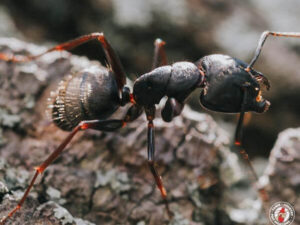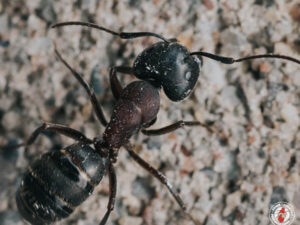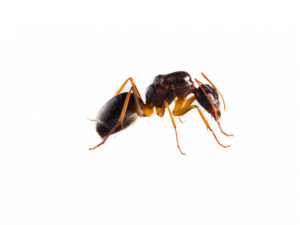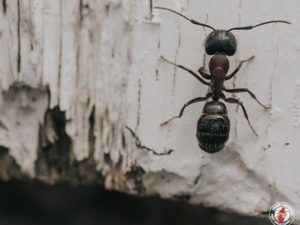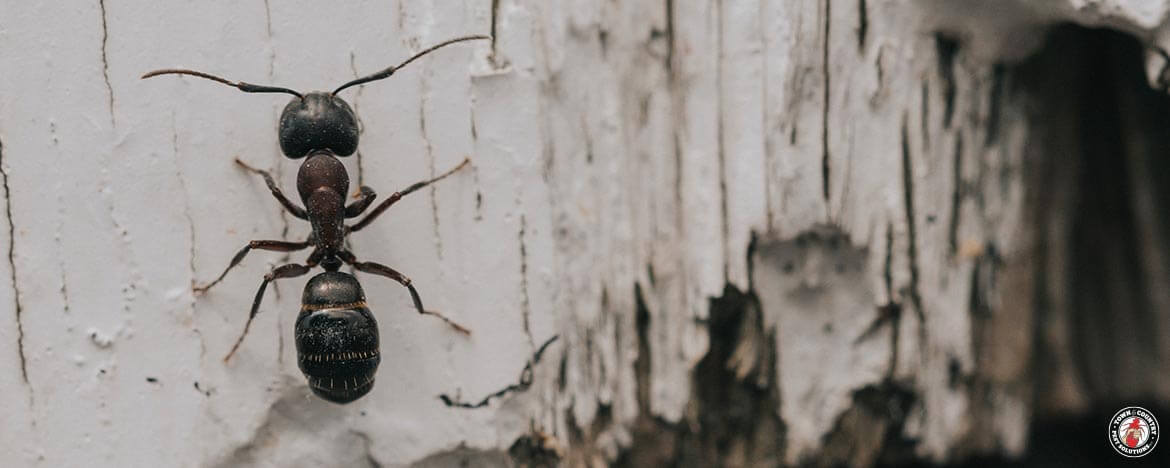
Reproduction is a fairly straightforward endeavor for animals in nature. However, there is one ant species that has a more complicated system and the role of this system is to prevent inbreeding. Worker ants, which are sterile, will take a queen out of the nest into a neighboring colony where it will mate with male ants that are not related to it.
This is the first case where researchers have observed assisted outbreeding and mate choice in animals. What’s even more interesting is that in the species where this mating ritual happens, the queens are actually winged, but they do not fly or even walk to other nests by themselves. Instead they are carried by their workers.
The workers are also tiny, usually around .1 of an inch, but they will carry the queen as far as 50 feet away from the original colony. On top of that, the workers will avoid colonies that are closer to their own in order to maximize outbreeding, and they always manage to pick colonies that are less genetically related to their own.
Most ant species will reproduce through nuptial flights, where males and females from a number of colonies take flight, meet and mate in the air, and then land and establish a colony. For the Cardiocondyla elegans however, the issue is that males do not have wings, and instead live their entire lives in mating chambers. If they were to mate with the queen of their own colony, a large amount of inbreeding would occur and this would lead to genetic defects and a decrease in the overall health of the colony.
To counteract this issue, the workers will take new queens through a number of colonies where they will mate with multiple males. These queens are not allowed to return to their original nest, instead spending the winter with the new colony. Once spring begins, they are kicked out of the colony in order to start their own.
Cardiocondyla queens also only mate during this period of their lives, and they store all the sperm in a sac called spermatheca. From this sac, the queen will release two sperm cells for each egg it lays in order to fertilize it, which is extremely efficient, when you consider that humans will use 40 million to 150 million sperm for fertilization. Researchers still have some questions about how this entire process works out, especially when it comes to how the workers pick a specific colony to which they carry the queen.

